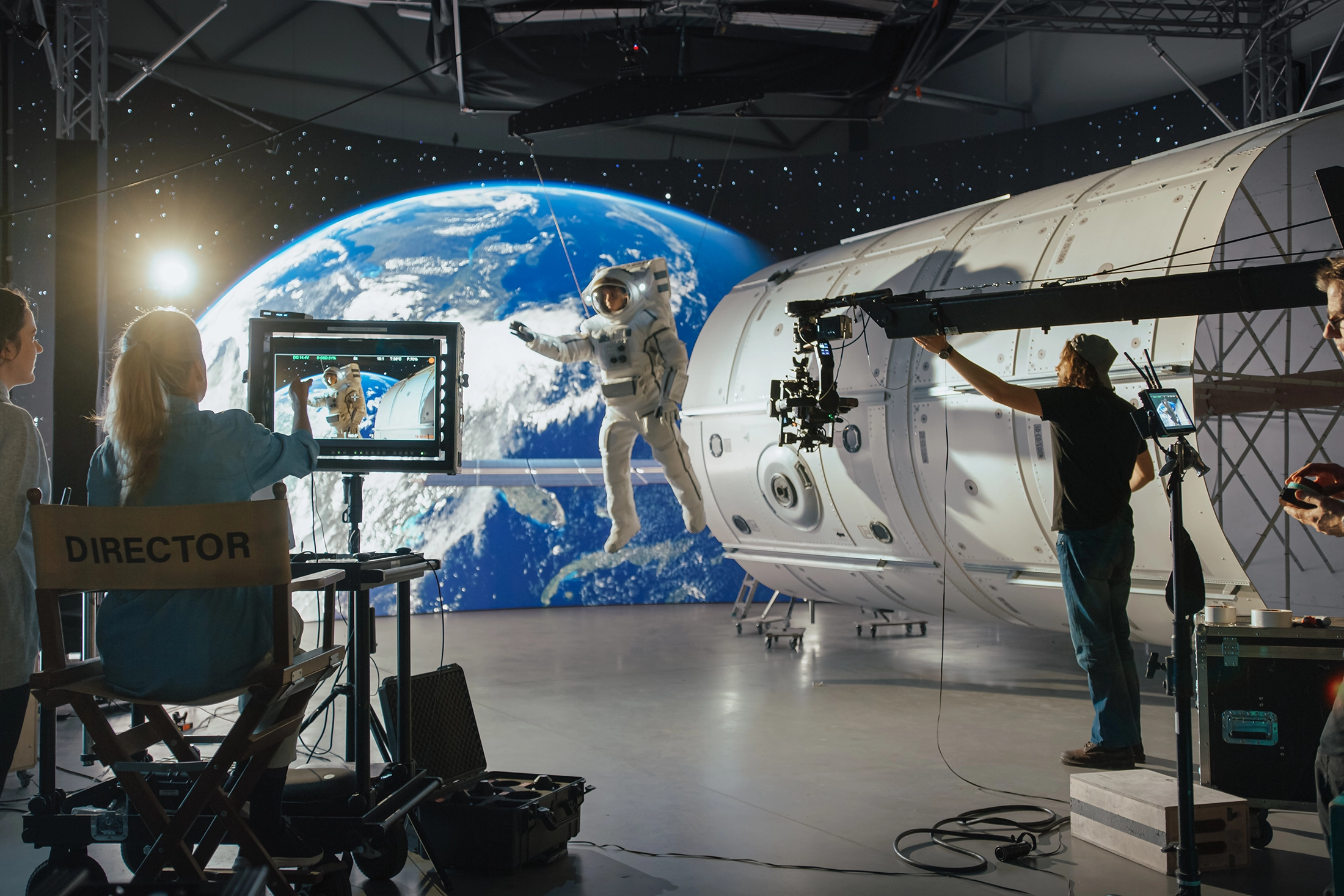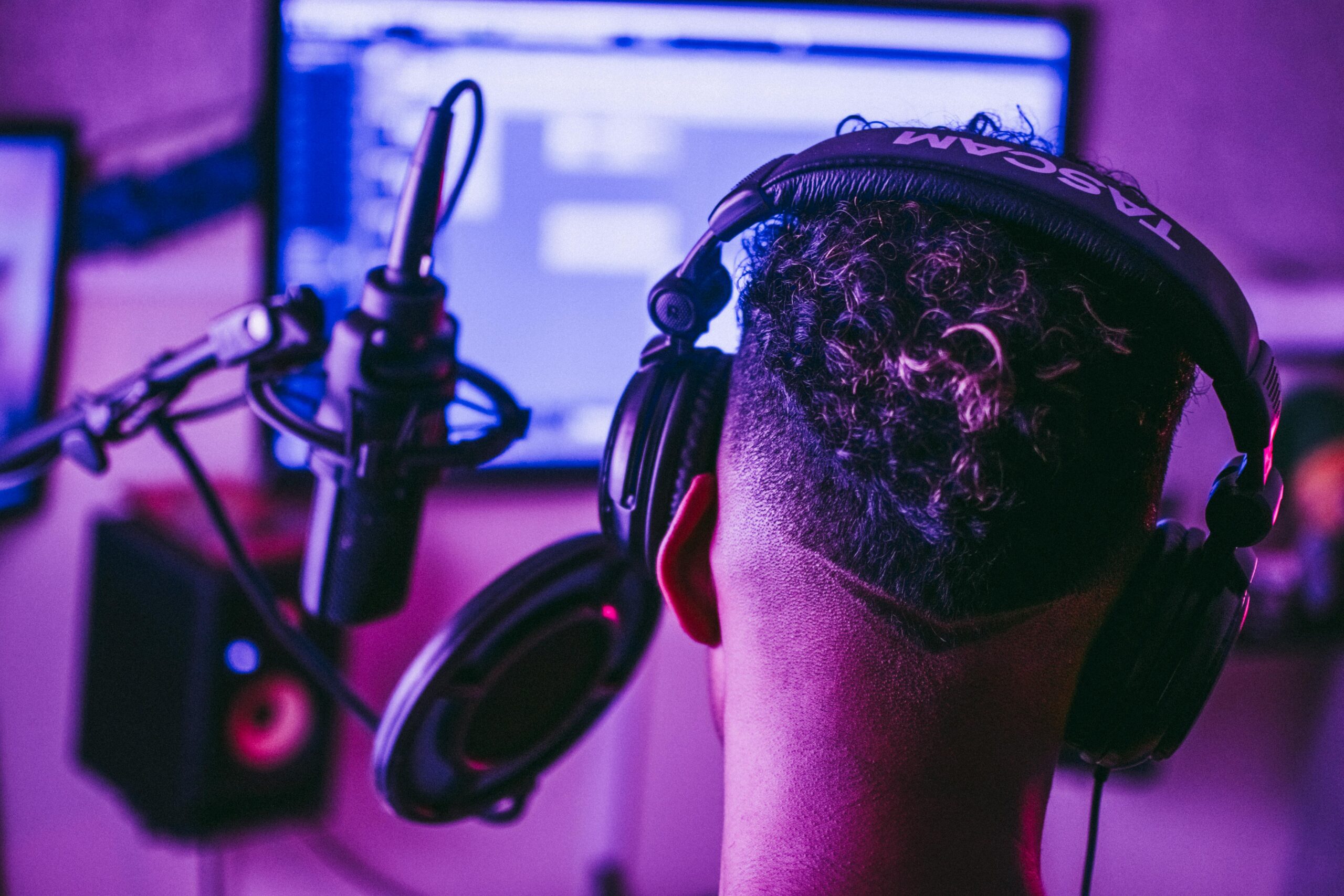
FILM & TV
What You'll Learn About Audio for Film and Television at an Audio Recording School
Have you ever watched a movie and noticed how the music made your heart race? Or how a door slam, a quiet breath, or a sudden silence hit harder than the dialogue? That’s not an accident. It’s sound design.
One of the most powerful parts of film and TV production is Sound Design.
If you’re passionate about audio and interested in storytelling, movies, editing, or even YouTube content, learning audio for film and television could be your ideal path. And at the right audio recording school, you’ll get the skills and hands-on experience to start.
Here’s what you’ll actually learn about film and TV audio at an audio recording school.
1. Dialogue Recording and Editing
In movies and TV shows, dialogue is everything — and capturing it clearly is a key part of audio production.
At an audio recording school, you’ll learn:
- How to use boom mics, lavaliers, and wireless systems
- Techniques for clean on-set or in-studio dialogue capture
- How to reduce background noise and reverb
- Editing dialogue for timing, clarity, and realism
- Syncing dialogue with video and camera angles
You'll also learn how to edit dialogue in post production — tightening performances, fixing mistakes, and making it sound seamless in the final cut.
2. ADR (Automated Dialogue Replacement)
Sometimes dialogue recorded on set doesn’t cut it — maybe it’s noisy, unclear, or needs to be re-recorded in a studio.
At an audio recording school you’ll train in:
- ADR sessions with voice actors or cast
- Matching lip-sync and emotional tone
- Blending ADR naturally with original footage
- Using cue beeps and streamers to guide timing
- Editing and mixing ADR so it feels invisible to the audience
ADR is one of those “behind-the-scenes” skills that makes movies feel polished — and it’s a must for any audio-for-film career.
3. Sound Effects and Foley
This is where the fun really starts. Foley artists and sound designers recreate or invent the sounds you hear in a film — from footsteps and fight scenes to fantasy worlds and sci-fi tech.
At an audio recording school you’ll learn:
- What Foley is and how to record it using props
- How to sync effects perfectly to on-screen action
- Layering and editing sounds for realism or impact
- Building entire soundscapes from scratch
- Using sound libraries and custom recordings
If you’ve ever wanted to build a world with sound — this is how you learn to do it.
4. Atmosphere and Ambience
Have you ever noticed how a scene feels like it's happening in a real space — a city, a forest, or a crowded diner — even when there’s no one talking.
That’s ambience (or background sound), and it’s a huge part of audio for film and TV.
At an audio recording school you’ll learn to:
- Record and blend ambient tracks
- Match ambient tone to different environments
- Use reverb and EQ to shape space and depth
- Layer subtle background elements that support the scene
- Transition smoothly between shots and scenes
Ambience is one of the things that separates amateur audio from professional sound design.
5. Music and Scoring for Film & TV
Whether it’s a quiet piano melody or a huge cinematic buildup, music drives emotion.
At an audio recording school you’ll explore:
- Music cue timing and how it connects to story arcs
- Scoring basics: using music to support tone and pacing
- Syncing music to picture
- Working with composers or licensed tracks
- Editing music beds to flow with scenes
You don’t have to be a composer to work with music in film — but understanding how music supports storytelling will make you better at every other part of the audio workflow.
6. Mixing Audio for Picture
Once all the elements are recorded — dialogue, effects, Foley, ambience, and music — they all need to come together in a balanced, professional final mix.
At an audio recording school you’ll train in:
- Multi-track mixing inside a DAW
- Setting levels so dialogue stays clear and consistent
- Panning, EQ, and reverb for spatial realism
- Mixing in stereo and surround formats
This is where all your skills come together — where your mix becomes the audience’s experience.
7. Working in Post-Production
Audio recording schools don’t just teach you how to create sounds — they teach you how to work in post-production.
That includes:
- File formats and delivery requirements
- Working with video editors and directors
- Deadlines and revision workflows
- Timecode and frame accuracy
- Professional standards for film, broadcast, and streaming platforms
Whether you’re aiming to work in Hollywood, on a Netflix show, or as a freelance post-production specialist, this knowledge helps you get hired.
Career Paths in Film & TV Audio
Studying film and TV audio at the right audio recording school can lead to jobs like:
- Post-Production Mixer
- Dialogue Editor
- Foley Artist
- ADR Recordist
- Sound Effects Designer
- Re-recording Mixer
- Sound Supervisor for film, TV, or streaming projects
You can work on set, in studios, or remotely from anywhere in the world.
Why This Matters to You
Audio for film and television is one of the most creative and rewarding parts of the audio industry — and it’s way bigger than people realize. If you love sound, storytelling, and detail, it’s the perfect mix of art and tech. At the right audio recording school, you’ll learn how to bring characters, scenes, and entire worlds to life using nothing but sound.

STILL NOT SURE WHERE TO START?
Answer a few questions and find a program that fits your goals.
